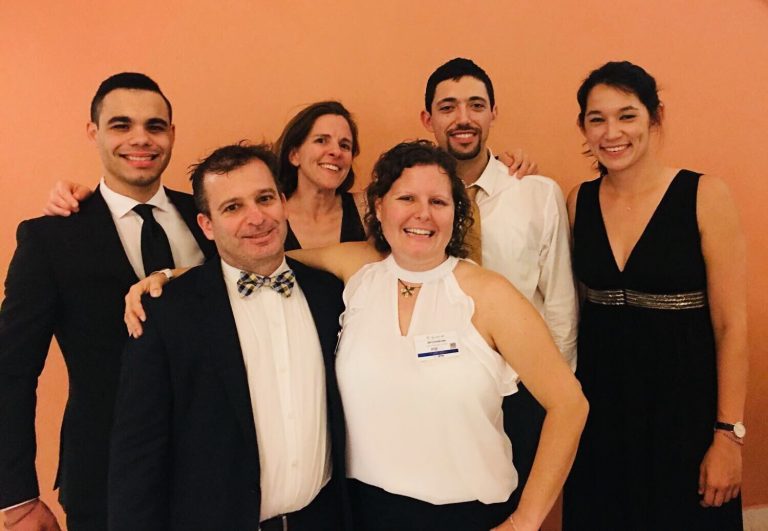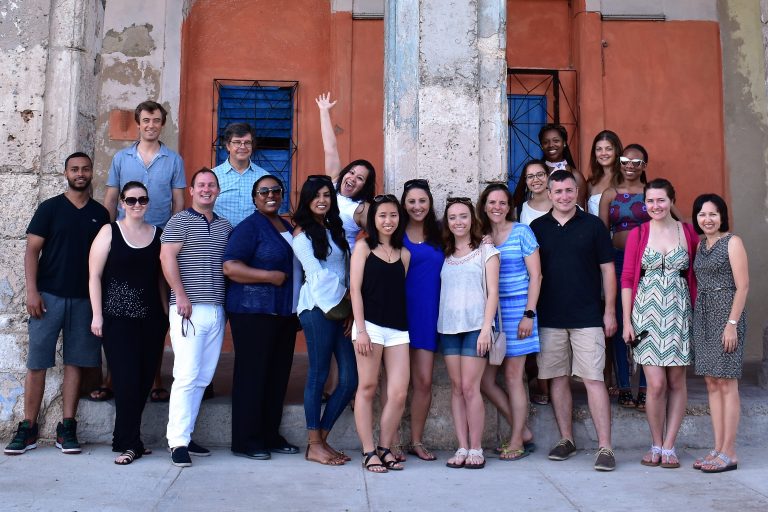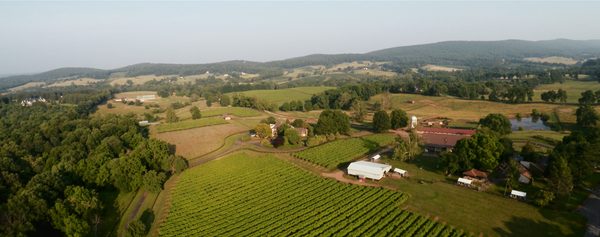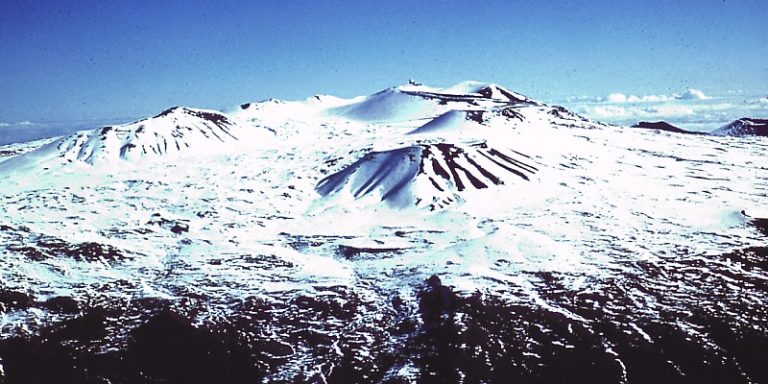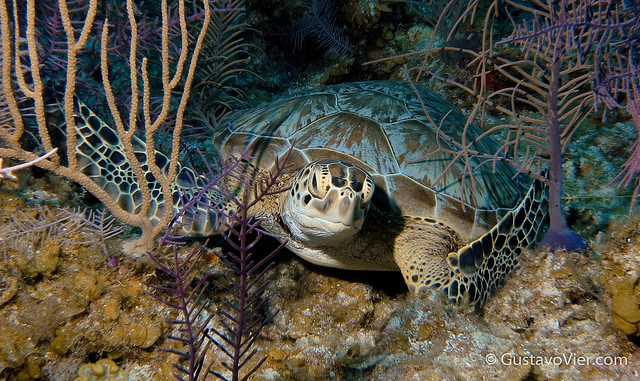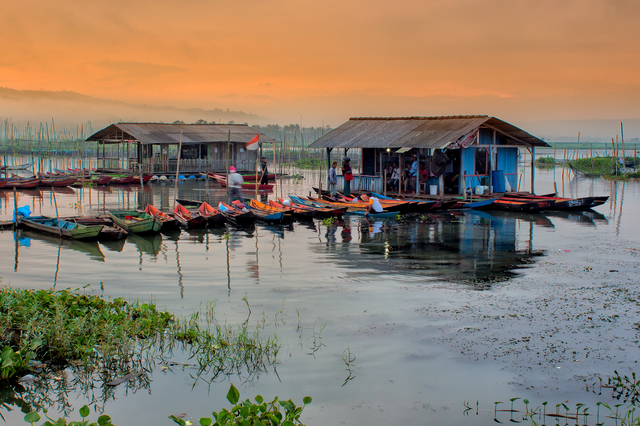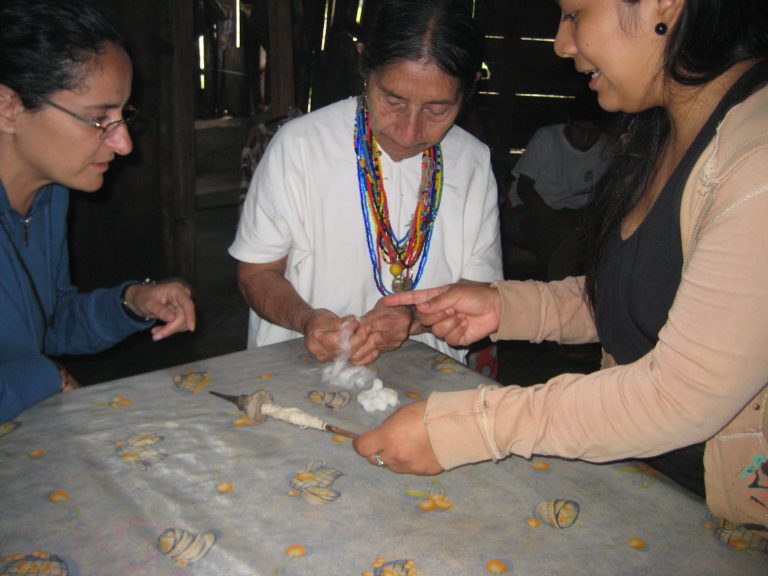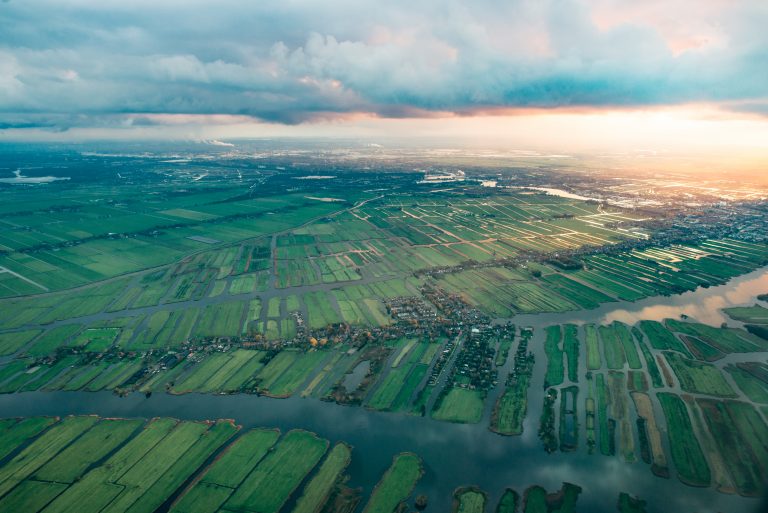By designating 2017 the Year of Sustainable Tourism for Development, the United Nations confirmed that tourism must be a driver of economic growth and environmental conservation. "This is a unique opportunity to build a more responsible and committed tourism sector that can capitalize its immense potential in terms of economic prosperity, social inclusion, peace and understanding, cultural and environmental preservation,” said former UNWTO Secretary-General Taleb Rifai in establishing the year.
A number of events throughout 2017 served to raise awareness of tourism’s many challenges and opportunities. The complex industry—an amalgam of transportation services, including airlines, cruise ships and taxis; hotels and resorts; restaurants and catering; and entertainment venues, from casinos to concert halls to national parks—has vast reach and touches an enormous number of sectors including food, fuel and manufacturing.
Among the year’s key events was the Conference on Jobs and Inclusive Growth: Partnerships for Sustainable Tourism held in November in Montego Bay, Jamaica. Organized by The World Tourism Organization, the Government of Jamaica, the World Bank Group, the Inter-American Development Bank and The George Washington University, the conference was a who’s who in the tourism industry, drawing 1,500 participants including six GW Masters of Tourism Administration students.
Students attended sessions designed to pave the way forward toward inclusive economic and social development through tourism. In general, they were impressed, as they said, “by the excellent panel topics, animated discussions and expertise of the presenters.” In addition to the breadth of subjects covered, Elizabeth Jordan was particularly struck by the “handful of presentations that focused on tangible issues such as the rise of the Chinese middle class and its resulting impact on the travel industry.”
The greatest challenges facing the tourism industry today, according to the GW attendees:
“Providing greater access to financing for small and medium enterprises and integrating measures that address climate change,”
—Marty SIlber
“Climate change is certainly going to impact the tourism industry and in many places already has.”
—Diana Kelterborn
“I think the industry's incredible growth may also be its greatest challenge, especially in terms of over-tourism and its strain on cultural and environmental resources. Tourism and the exploitation of children as well as the working poor are cause for concern. Lastly, climate change poses a significant long-term risk to the industry, one that must be taken seriously in terms of destination management.”
—Matthew Ozuna
“Incorporating the local supply chain for food, materials, human resources, etc. to encourage economic development in developing communities.”
—Jill Christmas
"To remain relevant and competitive, tourism destinations and businesses must respond effectively to today's travelers, who are increasingly informed, connected and demanding."
—Elizabeth Jordan
The greatest opportunities for growth in the sustainable tourism industry, according to the GW group:
“Data analytics and applying the information to strengthening tourism products and services.”
—Marty Silber
“Rapidly advancing technology is reinventing business models and making sustainable travel more affordable and accessible for both consumers and tourism businesses.”
—Diana Kelterborn
“Opportunities for jobs and inclusive economic growth, community and eco-tourism. I think the Buy Local movement helps sustainable tourism tremendously as do carbon offset programs.”
—Matthew Ozuna
“Travel is about the experience, not just the location anymore. If providers can change the way they think to create experiences, the growth potential is significant.”
—Jill Christmas
“The tourism sector will find growth and value in moving away from paid media advertising and investing in earned media. Sustainable development is going to require the balance of both the private and public sectors. And policy needs to ensure that tourism supports local communities.”
—Jonathan Mendez
"Tourism businesses have an opportunity to become sustainability leaders, ensuring that all of their decisions contribute to economic growth in destination communities, limit waste and reduce the greenhouse gasses that contribute to climate change."
—Elizabeth Jordan
